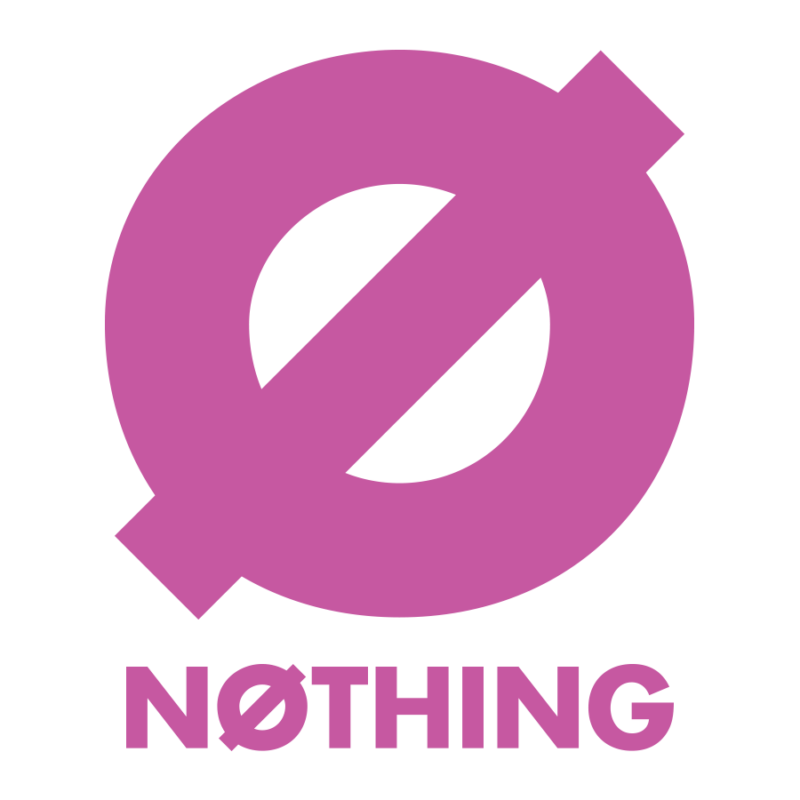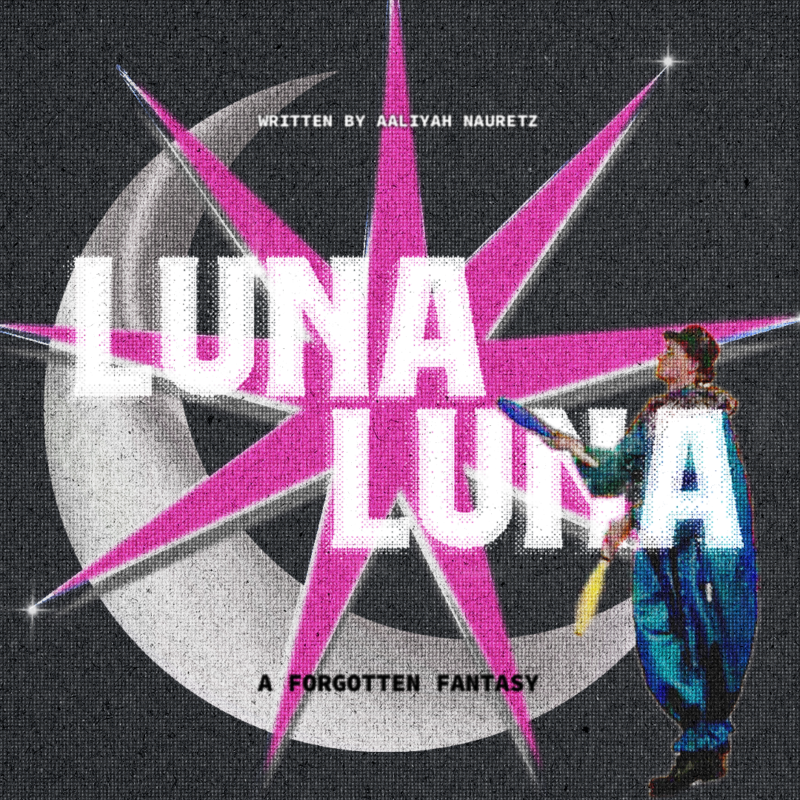Many moons ago, Luna Luna first emerged in Hamburg, Germany in 1987. It was an eccentric art amusement park created by artist André Heller, with the help of 30 other influential artistic visionaries from the 20th century. Unfortunately, this whimsical wonderland lived for only one summer. Luna Luna’s attractions were then stored for almost 40 years and were recently revived at the end of 2023 by Drake and his creative studio, DreamCrew.
Drake was inspired to bring people together to experience this one-of-a-kind collection of artworks, and could not believe that these lively attractions were sitting in storage and sheltered from the public eye.
The Luna Luna art exhibit featured interactive attractions, including a carousel by Keith Haring, an enchanted tree by David Hockney, a mirrored geodesic dome by Salvador Dalí, and a Ferris wheel by Jean-Michel Basquiat. Additional artworks showcased include pieces by Roy Lichtenstein, Kenny Scharf, Rebecca Horn, and Sonia Delaunay.
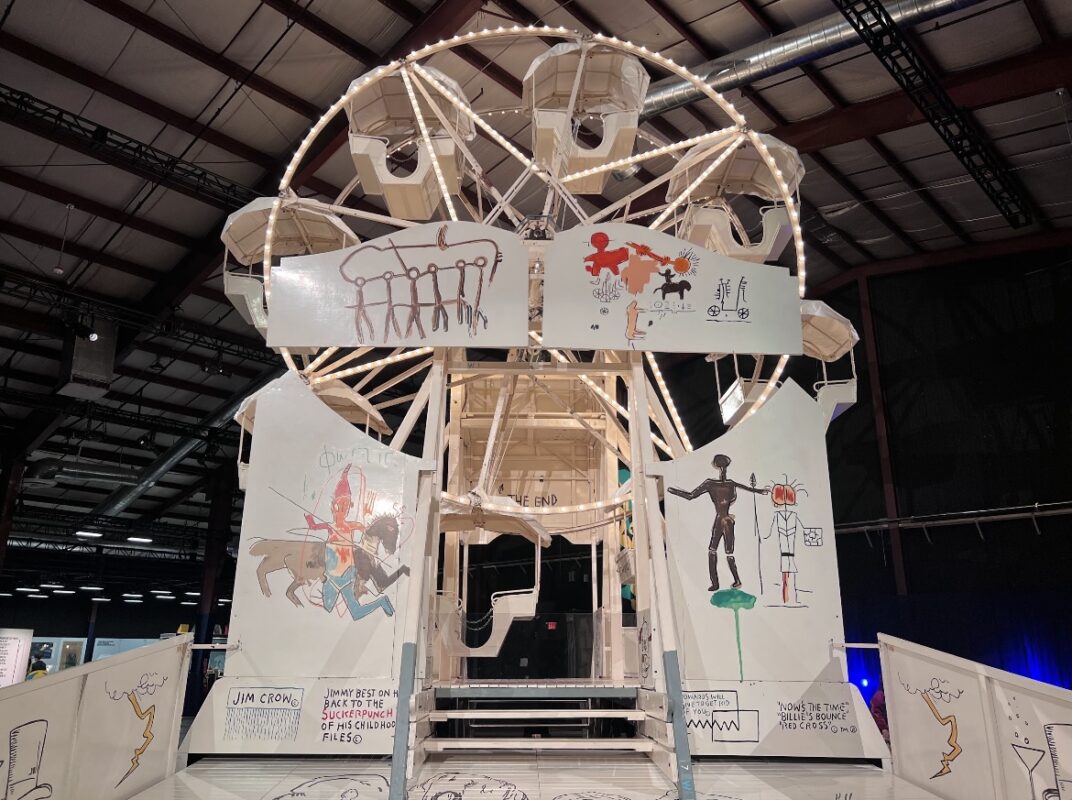
Basquiat designed a Ferris wheel for Luna Luna that incorporated themes from his earlier work, such as jazz icon Charlie Parker, and wrote his song titled “Billie’s Bounce” on the front of the wheel. When Heller first approached Basquiat about Luna Luna, he stated that he would only contribute if his Ferris wheel coincided with the song “Tutu” by Miles Davis. Music was incredibly influential to Basquiat, and his musical inspirations often appeared in his artwork. Many of the installations at Luna Luna were accompanied by music; the original soundtrack that played at the amusement park’s debut was used at the Luna Luna showcase.
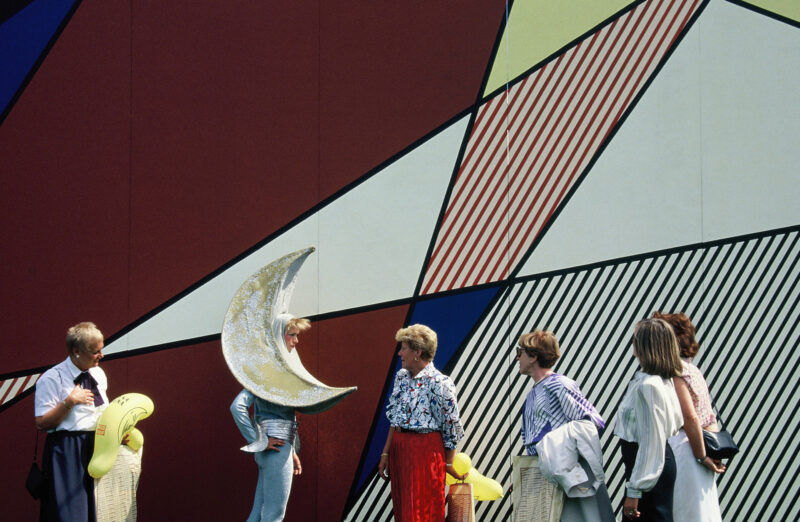
Lichtenstein’s “Perfect/Imperfect Paintings” are a series of abstract art compositions that utilize a single black line to organically form geometric shapes. These paintings use intersecting triangles, dots, bold black diagonal lines, and vivid primary colors to experiment with the visual and spatial confines of the two-dimensional plane. For Luna Luna, Lichtenstein extended his artistic vision to create exterior panels for a glass labyrinth. Each side of his Luna Luna Pavilion draws inspiration from his 1985 “Perfect/Imperfect” painting series, maintaining the same conceptual framework. Inside the pavilion is a maze of mirrors created by André Heller’s team complemented by an original mesmerizing composition by Philip Glass.
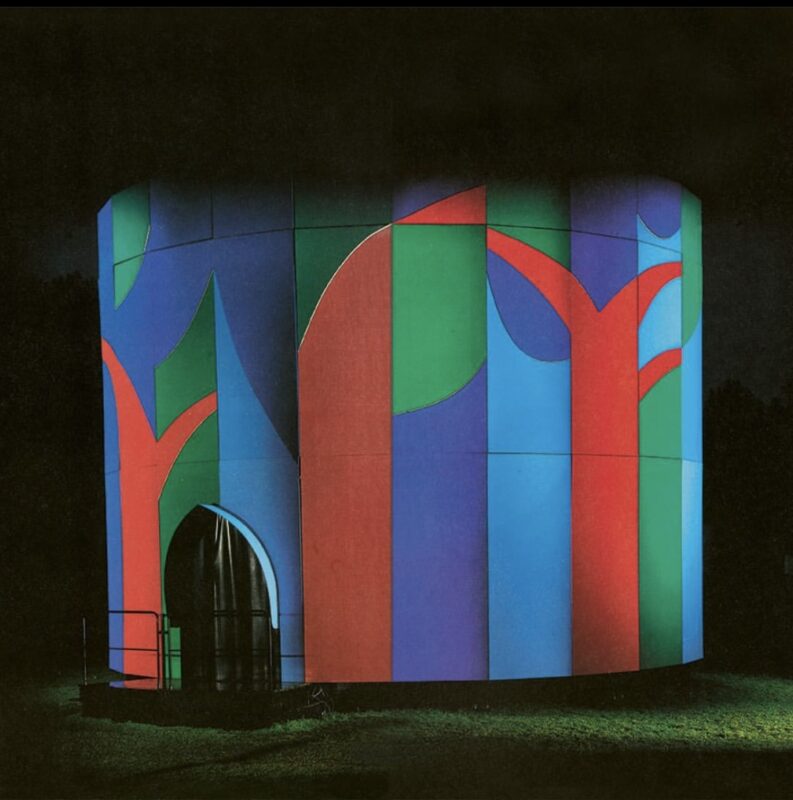
Hockney’s contribution to Luna Luna is a grand Enchanted Tree Pavilion with broad panels featuring abstract trees painted in shades of blue, red, and green. The inside of this cylindrical chamber is encircled by curved cutout arches reminiscent of tree branches. The Berlin Philharmonic provides a soundtrack to enhance the pavilion’s theatrical atmosphere.

Dalí’s Luna Luna installation, named Dalídom, expands on his surrealist funhouse, Dream of Venus, which he originally designed for the 1939 New York World’s Fair. The Dalídom pavilion incorporated a geodesic dome with an interior lined with hundreds of triangular mirrors and twinkling tunes by Blue Chip Orchestra. The installation’s exterior had paintings of half-nude mermaids in black carnival-esque bodysuits, which references the marine motif from his original Dream of Venus concept. The exhibit also incorporated a new composition by Daniel Wohl, that was written specifically for Luna Luna. The soundtrack he created is filled with swirling sounds and glimmering melodies that immediately transport you to the Luna Luna fantasy world. While walking through the installations, you could also hear tracks from Madonna, Talking Heads, Eric B. & Rakim, Kraftwerk, and other musicians who were friends of the Luna Luna artists or whose music could have been playing in their studios while they worked on their art.
Michael Goldberg, chief experience officer and partner of Luna Luna, said, “Luna Luna is something that can either inspire you to go down the path of doing something creative or it can reconnect you to it. It’s really just meant to spark joy and create emotion for people.”

